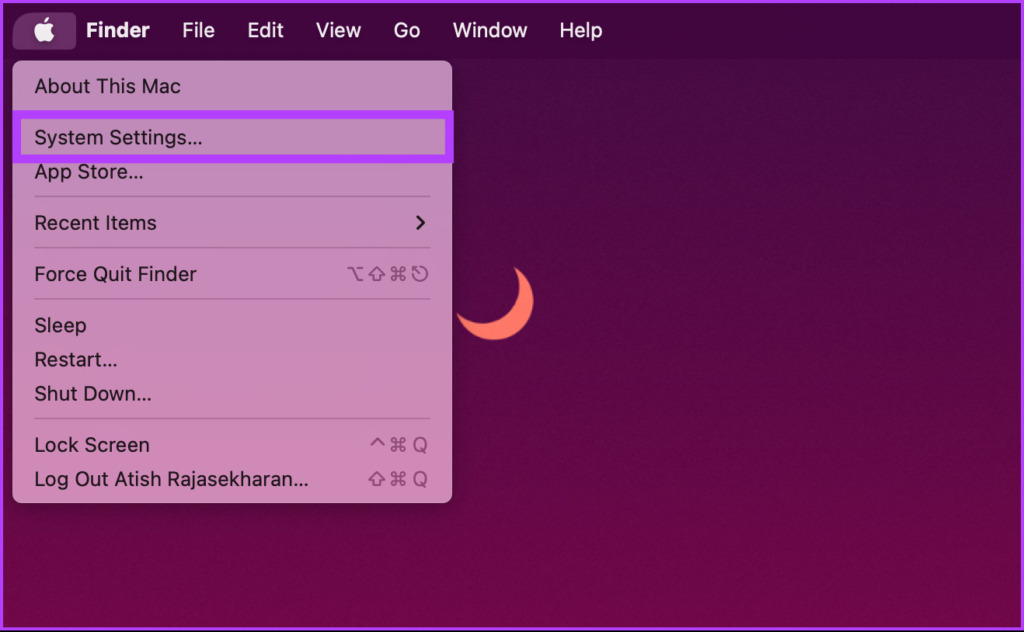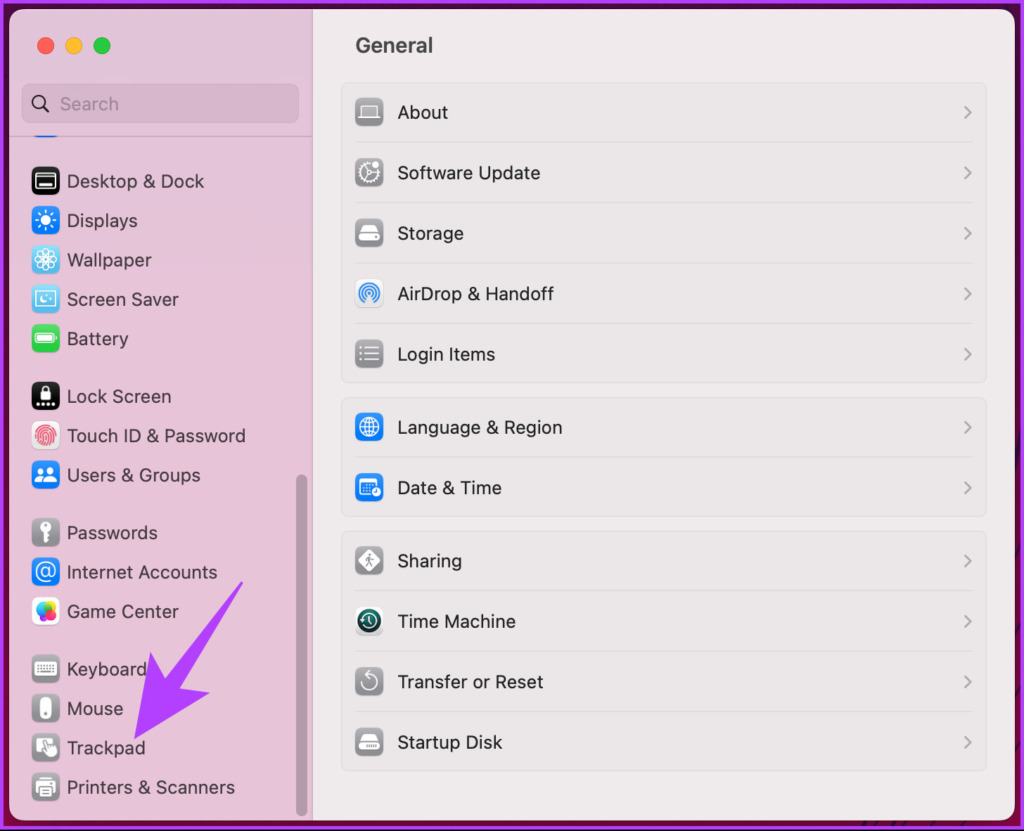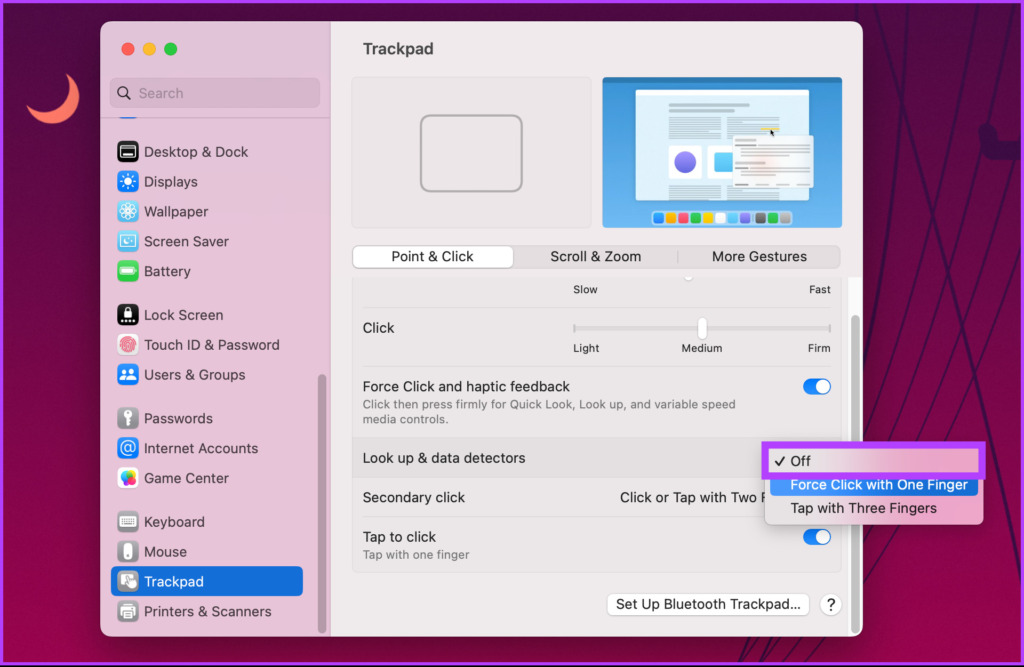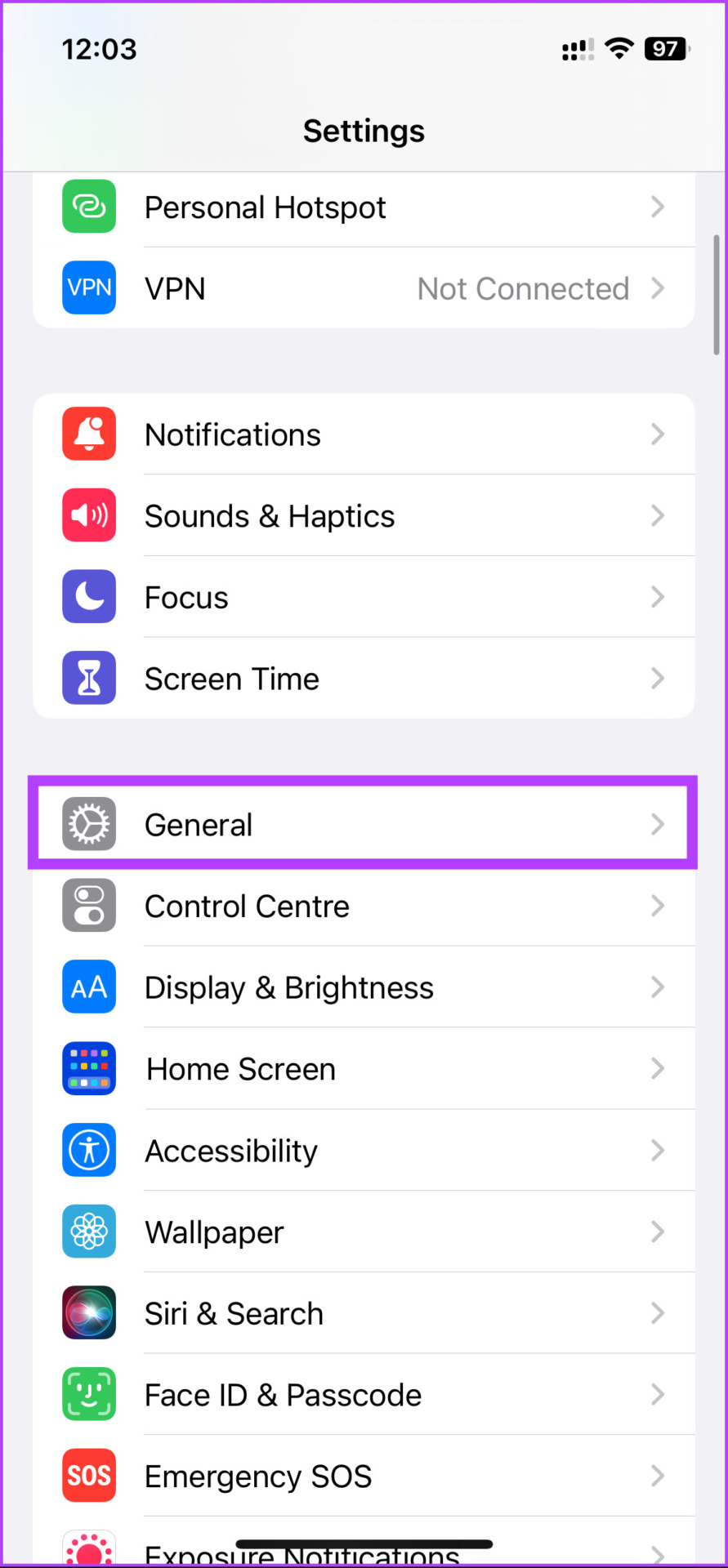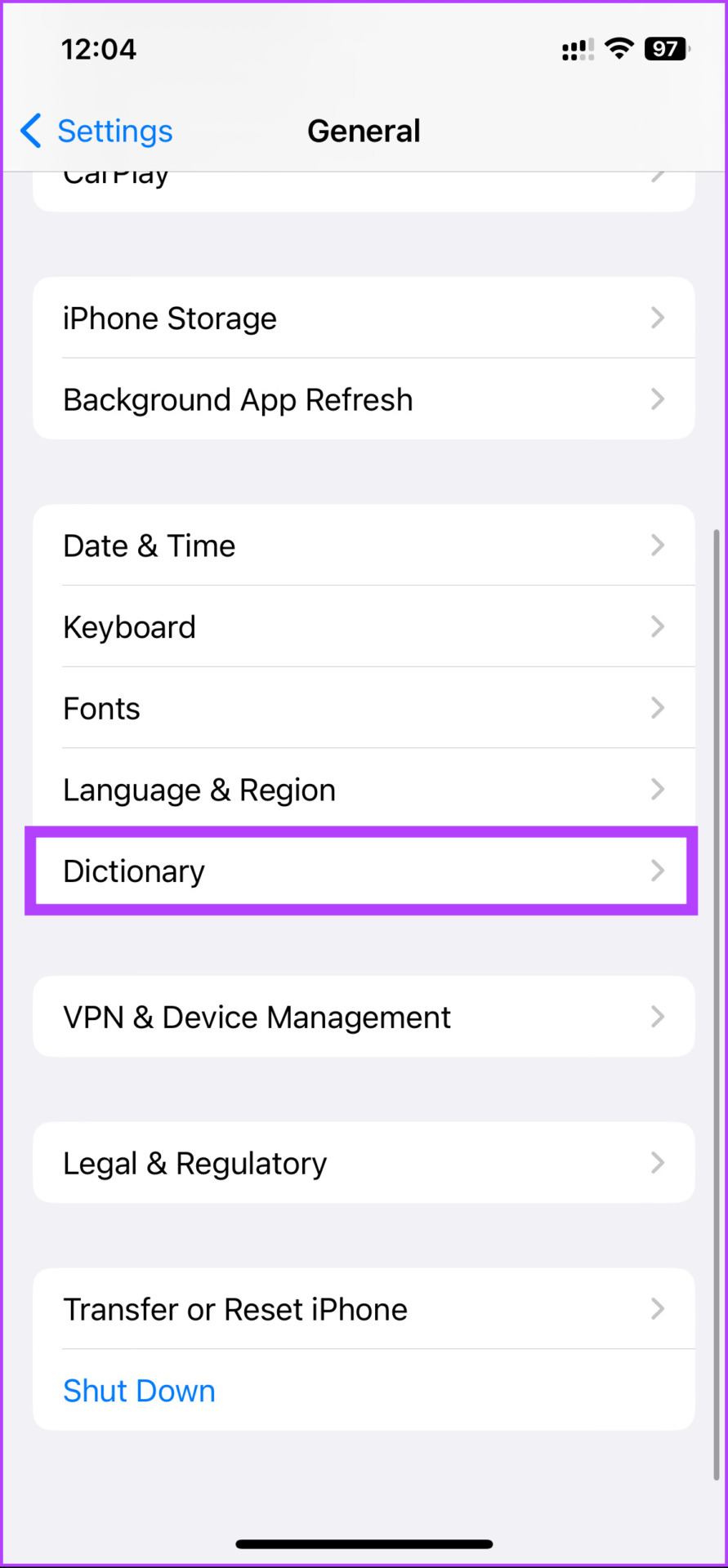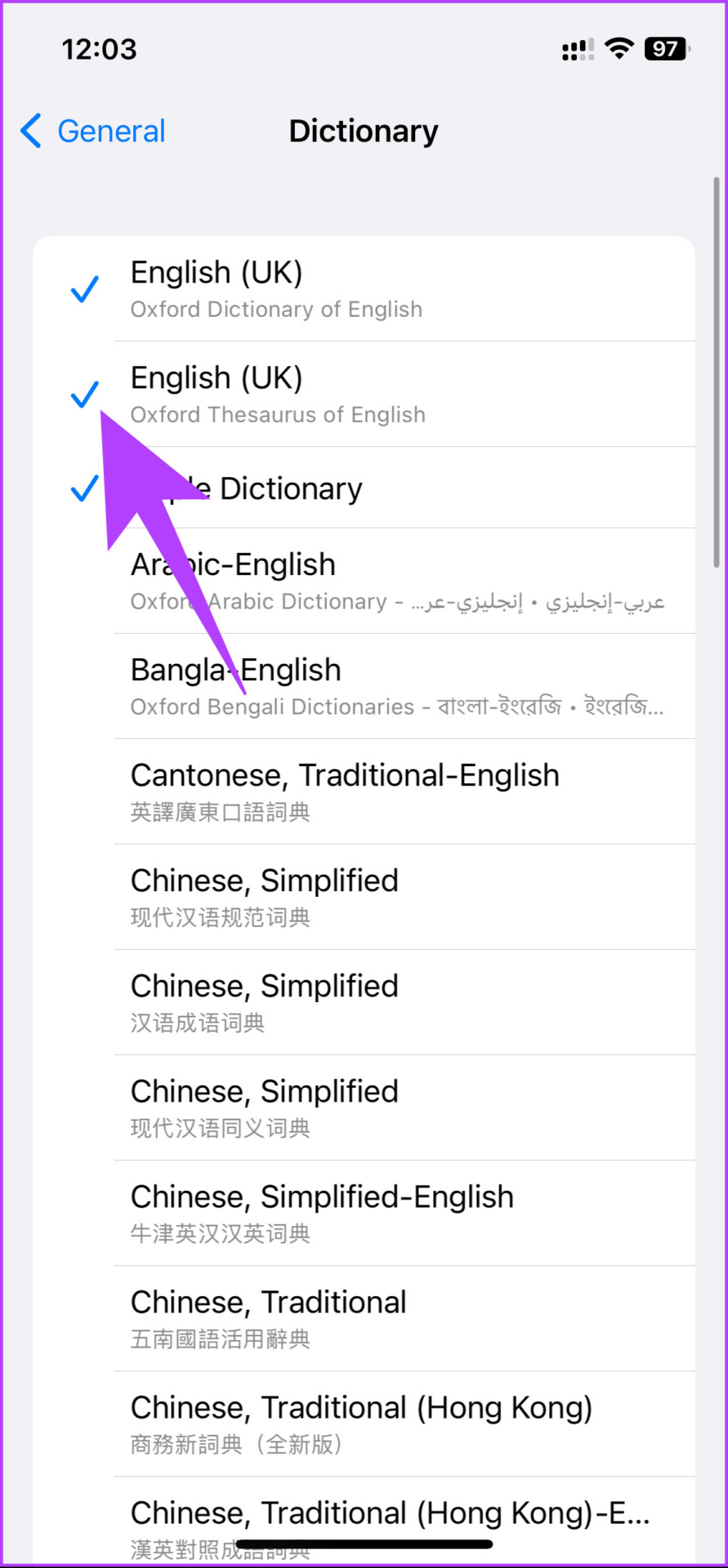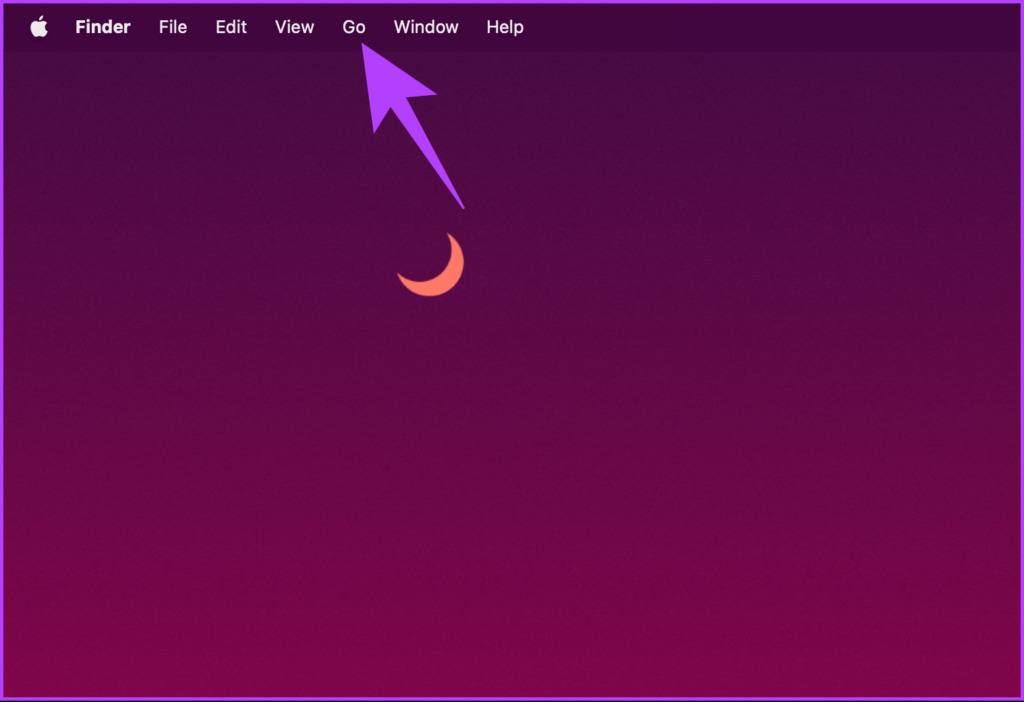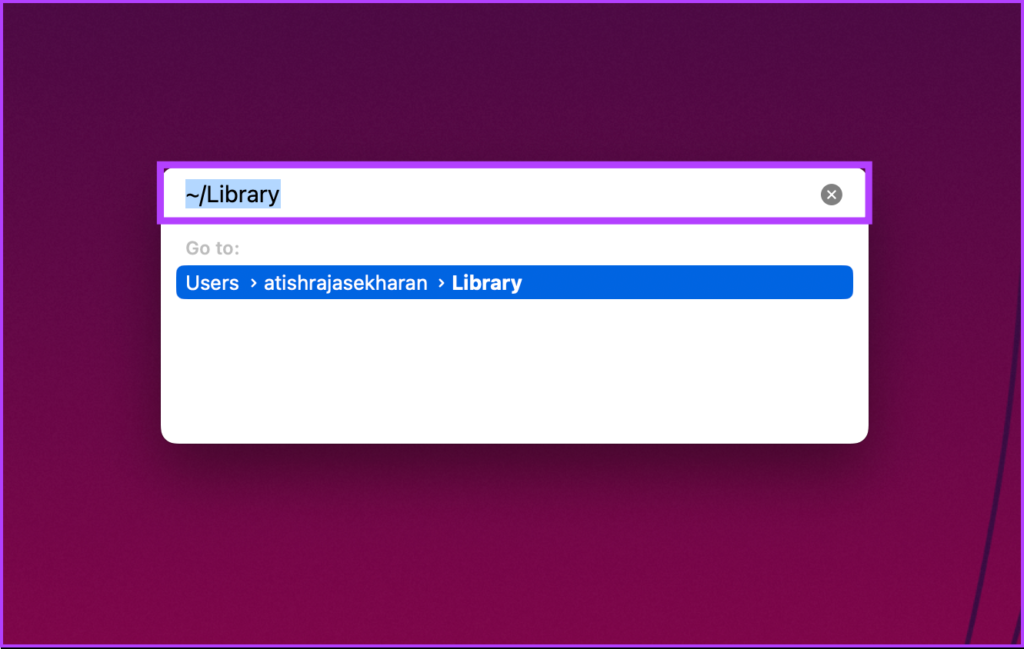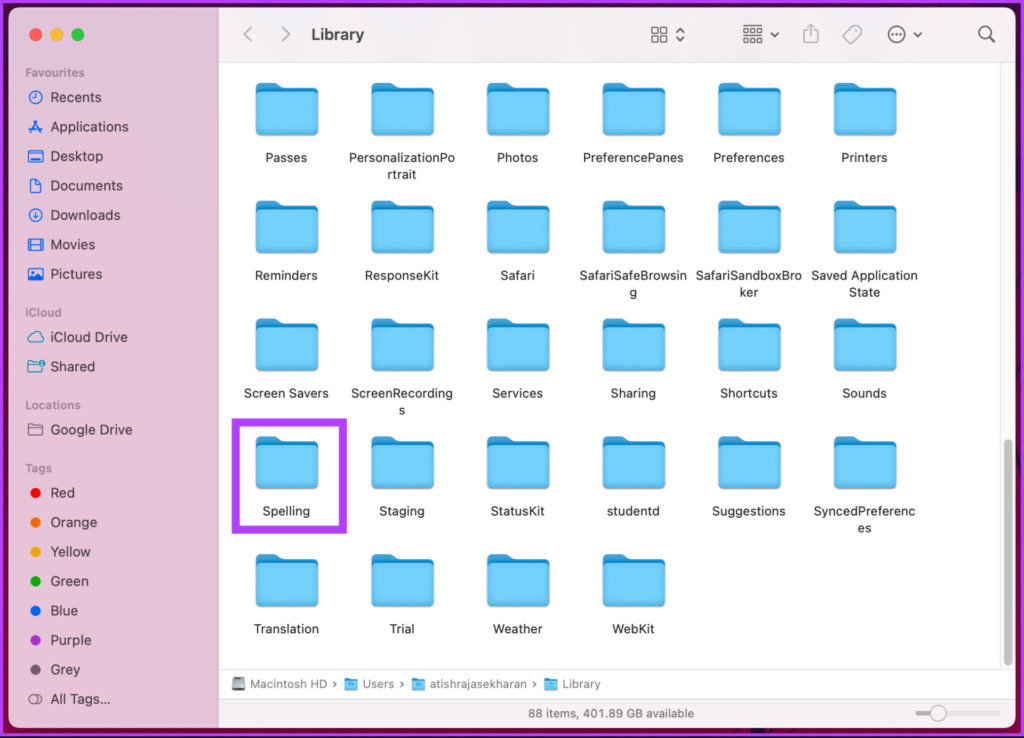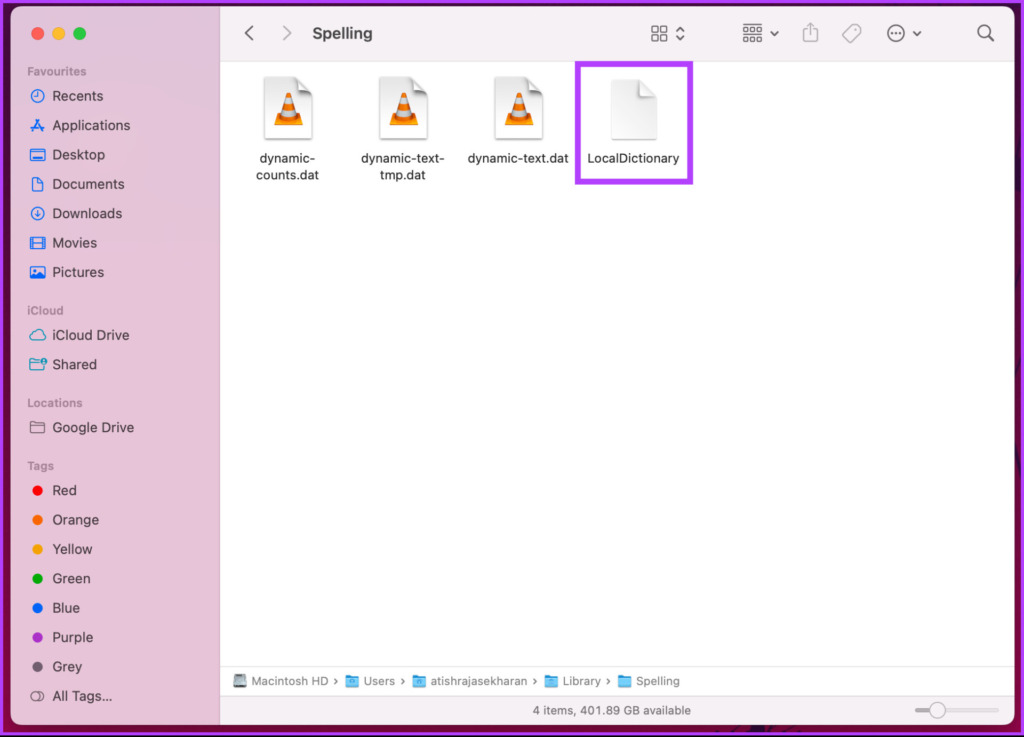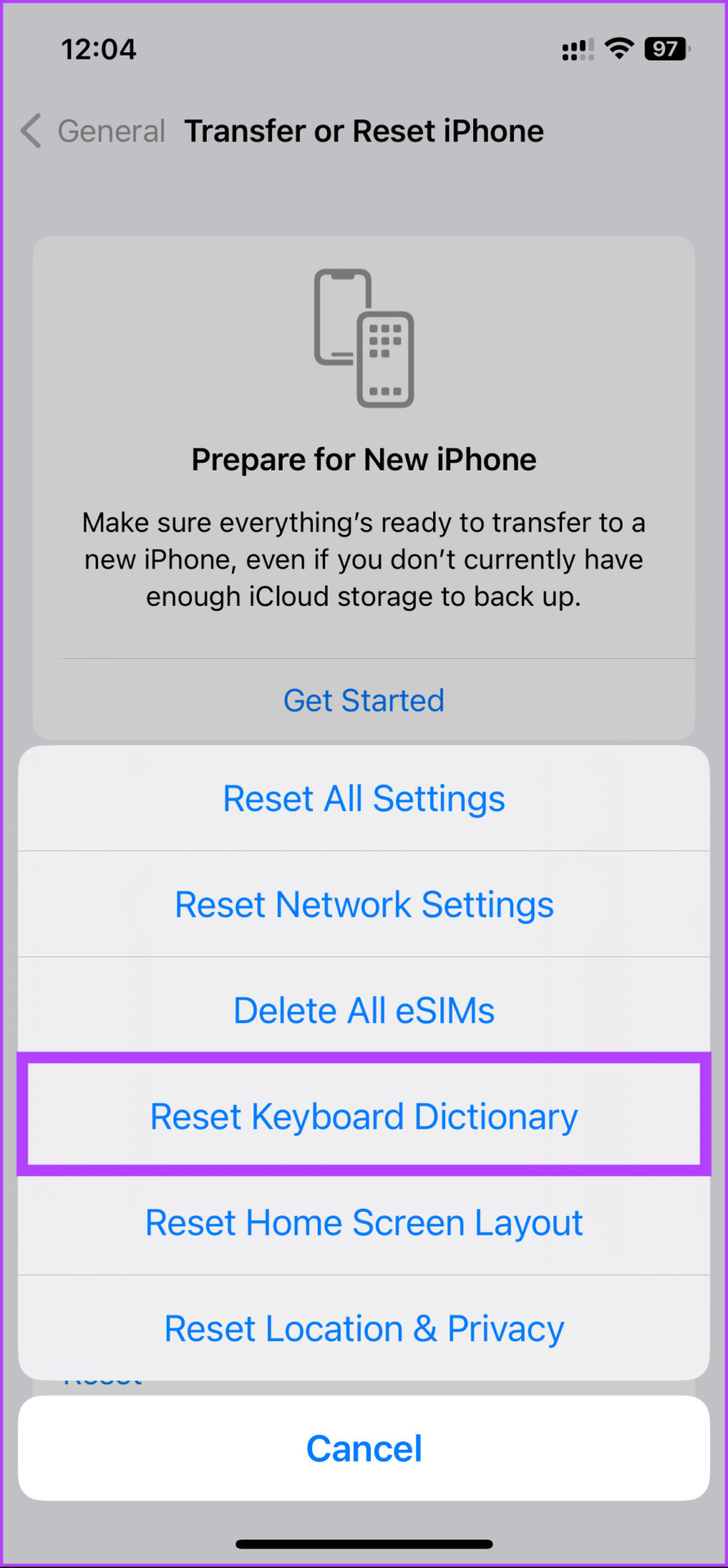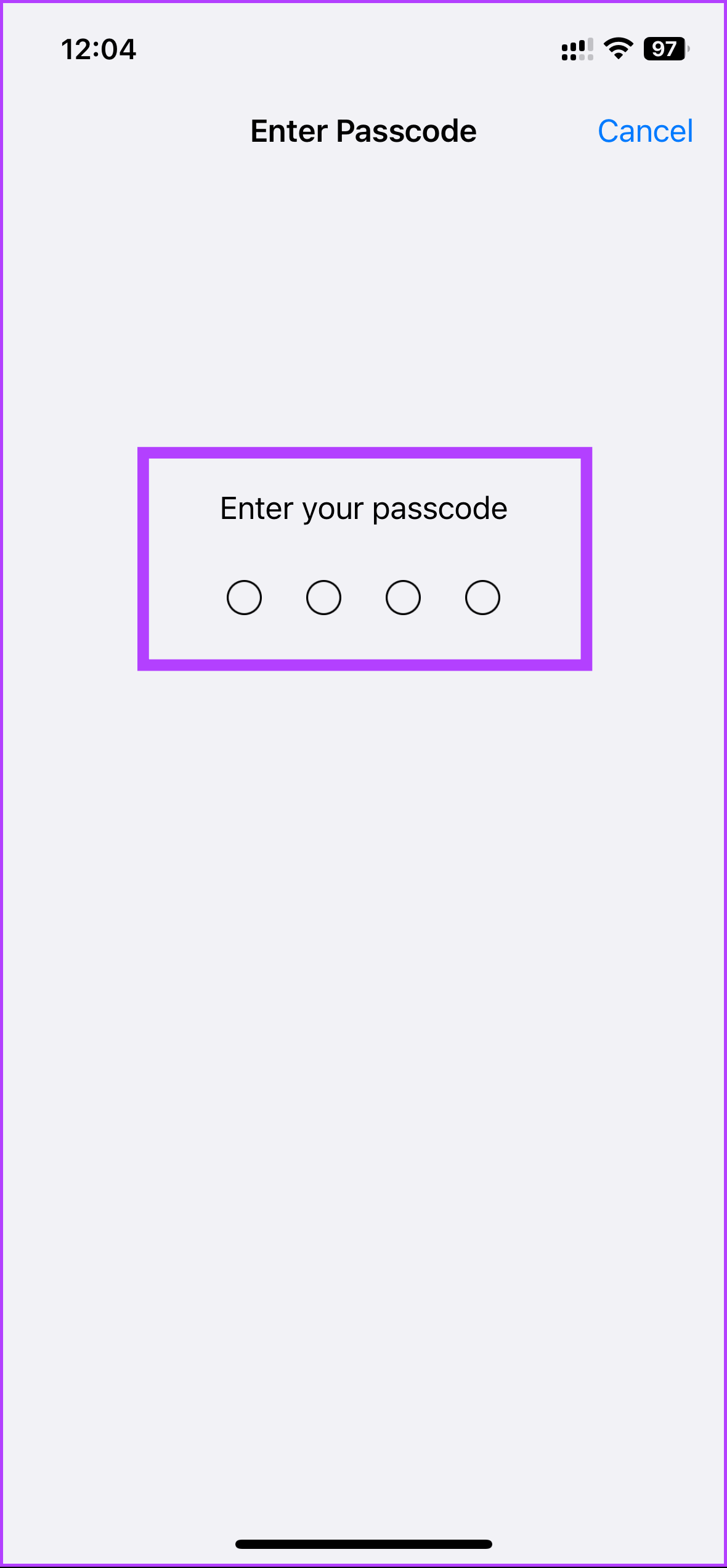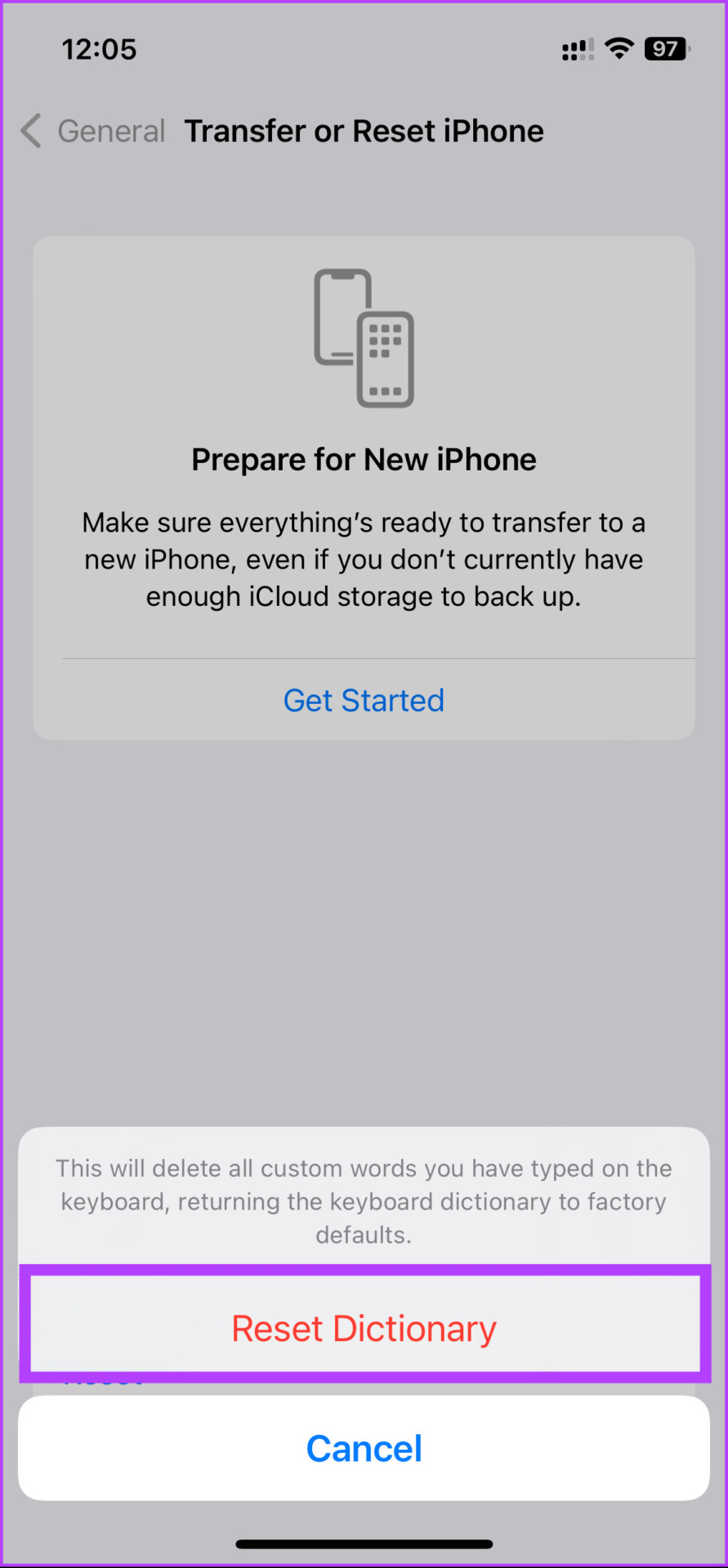The game takes strides toward a more authentic Spanish experience but is let down by subtitles that don’t translate everything.
:format(webp)/cdn.vox-cdn.com/uploads/chorus_asset/file/24563313/RE4_Luis_Sera_01_png_jpgcopy.jpg)
“Busco a un policía, vino aquí?” says Leon S. Kennedy to the first villager he meets in the Resident Evil 4 remake. This marks a subtle yet meaningful change compared to the original from 2005. Even without perfect pronunciation or a more natural way to phrase the question, the protagonist makes an effort to speak the local language. A sentiment that the game itself tries — and almost succeeds — to echo during the story.
Resident Evil 4 has always been unapologetic about putting Spanish front and center. While the location in which Leon’s rescue search for Ashley Graham is fictitious, its inhabitants — aside from a few key characters — stick to their linguistic roots. The original didn’t go down in history as an exemplary use of the language, featuring lines with vocal or grammatical mistakes and voice actors speaking Latin American Spanish instead. Yet, unless you already knew the language beforehand enough to understand, you were as clueless as Leon himself.
As a native speaker, I was constantly surprised by the embellishments around the use of Spanish in the remake. For both key characters and the villagers that you stylishly kick and shoot at, the language is expanded with interesting voice lines, proper grammar, and even literary references that didn’t exist in the original. The remake didn’t just involve expanding the game and painting it with modern strokes. It also improved the Spanish foundation from the original. But the uneven use of captions seems unwilling to tell the player the whole story.
The opening sequence starts off with the right ideas. Leon’s question to the villager, in which he asks if he had seen a policeman come through the house, is translated to English in the captions, prefixed by “(In Spanish)” at the beginning of the sentence. The pronunciation is clearly one of a non-native speaker who didn’t get to practice much beforehand. But it gets the point across for a simple and direct question.
Minutes before you enter the house, there is another dialogue exchange between the police officers who give Leon a lift to the village. They stick to English during the ride, but once one of them hops out of the car to take a leak, he promptly complains about how cold it is outside. His partner then mocks him and asks if he drank the whole bar. This is all done in Spanish with the right captions.
:format(webp)/cdn.vox-cdn.com/uploads/chorus_asset/file/24563322/RE4_Ganados_01_png_jpgcopy.jpg)
Much like the darker ambiance of the village or the subtle differences around Leon’s first of many uninvited house entries, it doesn’t take long for the remake to showcase that Spanish will also have an even more prominent presence. At the same time, it’s a natural representation of what two native speakers would usually do in the presence of a foreigner: make themselves understood when speaking directly and then switch back to their own language for conversations with each other or to themselves.
From that moment on, the sense of going through a bilingual experience is recaptured, but the captions do an odd job of selecting what to translate. The same officer who tells the joke in the car isn’t translated when he asks Leon for help later on, as he asks for someone to answer the radio call because he needs support. Even if it’s a short line that doesn’t affect the story much, it’s more than just an isolated scream.
Other phrases are more relevant. Luis Serra, a mysterious character who helps Leon in the original and becomes more of an intermittent sidekick in the remake, refers to Ashley as “señorita” when asking Leon what he’s looking for. The translation here is positively natural, as he responds with “a little girl?” to confirm that his hours spent with Duolingo on his flight to Spain weren’t in vain. In general, however, Luis’ ongoing quips and cusses don’t get the same treatment, with captions showcasing “mierda” and “amigo” as is, as opposed to “shit” and “friend,” or similar variations.
This is a shame, as the character is far more akin to a Spanish person in the remake. Similarly to the officers, he speaks in English most of the time to Leon but is unafraid to take some liberties, such as calling him “Sancho” as a reference to Miguel de Cervantes’ novel Don Quixote. Ashley is nicknamed “Princess Dulcinea” in a similar vein, and Luis commits to the recurring joke throughout his ventures with you. Once more, Leon repays it with recognition, calling Luis a “fine knight” and, ultimately, “Don Quixote” to bring the joke full circle.
There are multiple examples like these in the RE4 remake. But there is a certain care for cutscenes that is amiss outside of them. As you’re confronting enemies, captions don’t provide translations for either the new dialogue or the lines that have been rerecorded from the original. Sure, it’s pleasant to finally hear accents more akin to Spanish folks than Latin American ones, but there was a missed opportunity here to actually translate them for non-Spanish players.
Throughout the years, the community has provided translations for the original, and it was quick to jump into the remake to keep up with tradition, drawing comparisons between the two to see if mispronunciations and accents had been tweaked. As it stands, history is bound to repeat itself, with players forced to search for meaning behind what they constantly hear in the game from outside sources.
:format(webp)/cdn.vox-cdn.com/uploads/chorus_asset/file/24563324/RE4_Leon_and_Luis_png_jpgcopy.jpg)
Little details such as enemies rightfully switching callouts from singular to plural when Leon is accompanied by a character are gentle but show that there wasn’t a lack of attention in terms of writing and recordings. The iconic “detrás de ti, imbécil” (behind you, imbecile) line turns to “detrás de vosotros, imbéciles” (behind all of you, imbeciles) in the remake. Other lines are surprisingly thorough, a long cultist-style chant around the castle area of the game being a personal standout. Yet, it was disappointing to see additions like this silenced with a dismissive “[ominous mumbling in Spanish]” caption.
In the original, you could make the argument that the game was purposefully portraying Leon’s own lack of knowledge of the language itself. In the remake, however, he’s quick to showcase his broad understanding of Spanish, as well as a basic sense of local literary references. If you’re in the same position, the experience will be much richer as a result, increasing the tension of already frantic combat sequences by hearing enemies alerting others of your presence, setting up traps, or pinpointing that you’re hurt after being attacked. If not, aside from a few exceptions, it will be largely the same experience as the original 18 years ago.
As cheesy and campy as the dialogue in Resident Evil 4 has always been, the commitment to Spanish sets an interesting prospect for native speakers. We don’t have to be knowledgeable of a foreign language in order to understand what is often lost in translation. Considering English’s hegemony over video games, it makes for an enticing change of pace, turning the tables in a way that not many other stories set in predominantly Spanish regions often do. Yet, it falls into the same problem by not translating itself to a wider audience.
As a result, the Resident Evil 4 remake is an ironic showcase of language barriers that Spanish speakers often find in video games. I was optimistic when I saw Leon recognizing the missed opportunities of almost two decades ago in the opening sequence, making an effort to do things differently this time around. It’s unfortunate that the rest of the world won’t be able to understand the valiant endeavors that follow afterward.


